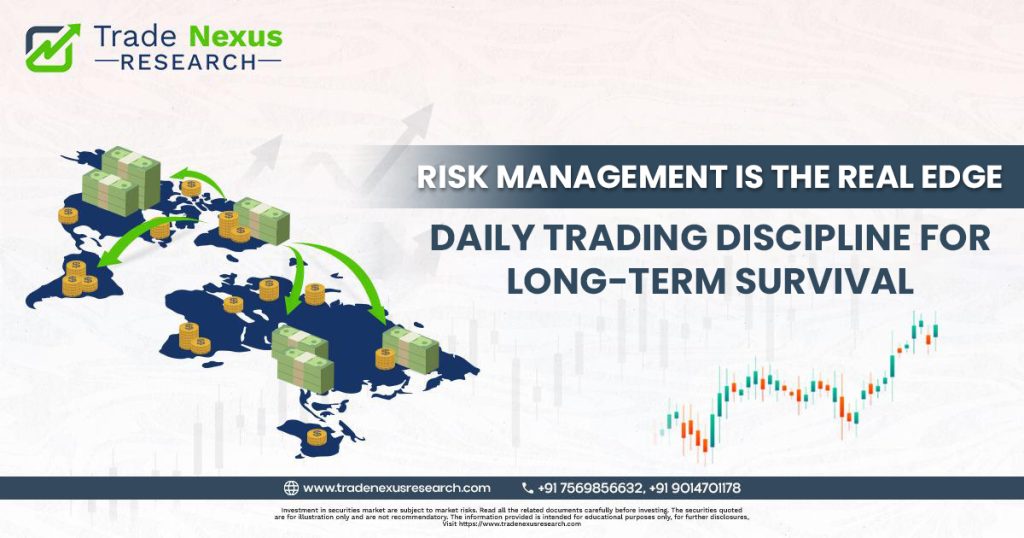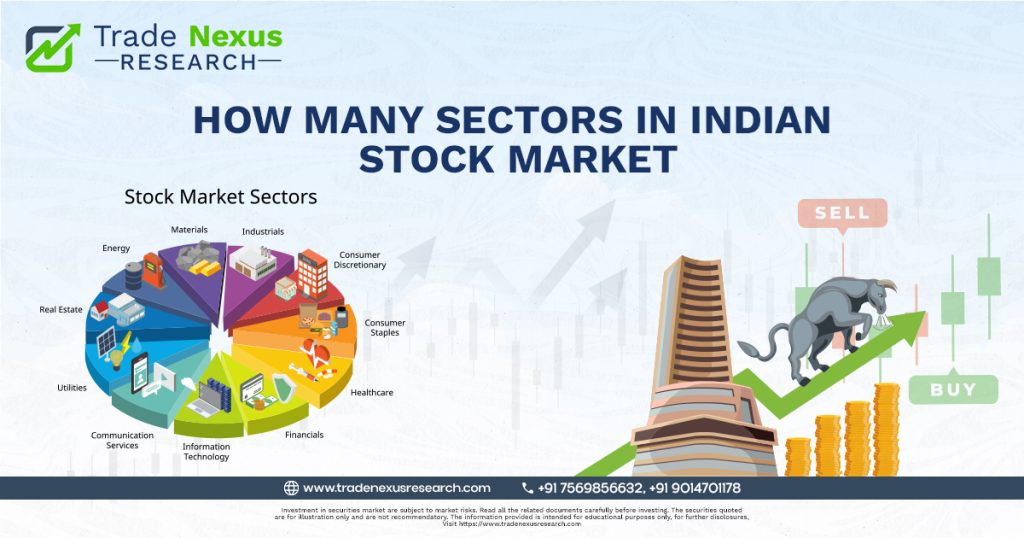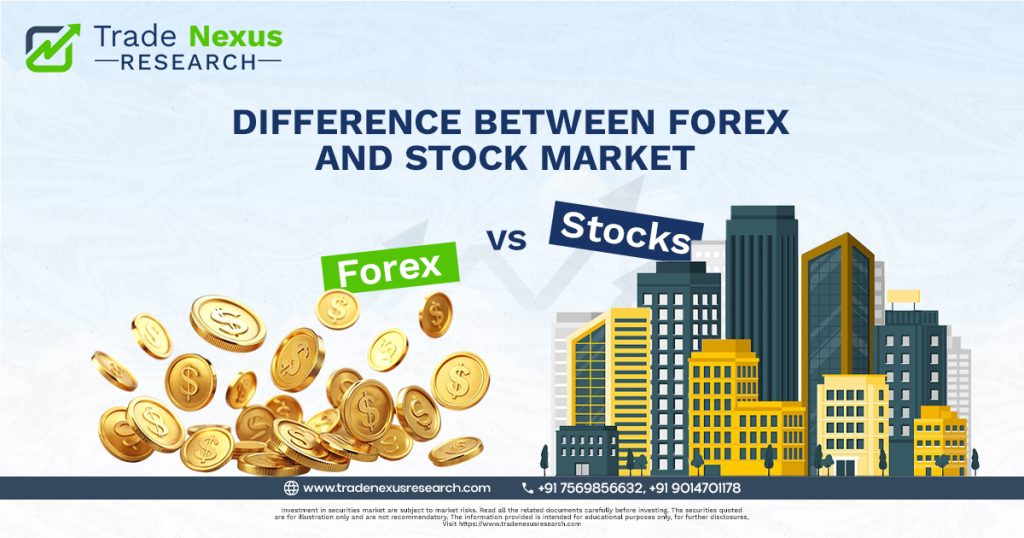Introduction: The Hidden Edge in Daily Trading – Why Risk Management is Your True Success Factor
In the dynamic world of daily trading, where volatility is constant and market conditions shift rapidly, many traders focus primarily on finding the perfect setups through technical indicators and chart patterns. However, the true determinant of a trader’s long-term success is not simply identifying profitable opportunities — it’s how effectively they manage risk.
While seasoned traders are often praised for their market acumen, it is their discipline in risk management that truly sets them apart from the majority of retail traders. It’s all too easy to be swept up in the excitement of catching the next big move, but without a systematic risk management plan, even the best strategies can lead to catastrophic drawdowns or blown accounts.
At Trade Nexus Research, we have analyzed thousands of trades across various market conditions and timeframes. The conclusion is clear: Risk management is the cornerstone of sustained profitability. No matter how compelling a setup may seem, without a structured approach to limiting losses and controlling exposure, even the most promising strategies will eventually fail.
In this article, we’ll delve into why risk management is non-negotiable for daily traders, outline practical risk management strategies that distinguish successful traders from the rest, and provide actionable insights to help you protect your capital while seizing profitable trading opportunities.
Why Risk Management is Non-Negotiable in Daily Trading
The nature of intraday markets — fast, noisy, and unpredictable — makes it clear that success is not solely based on finding the perfect trade. It is equally about how effectively you manage your capital, emotions, and exposure.
Traders who fail to adopt a risk-conscious mindset often find themselves in a cycle of high-stress, unpredictable returns, where the account balance fluctuates wildly. Effective risk management allows traders to reduce emotional decisions, mitigate large losses, and capitalize on their edge over the long term.
Daily Trading Risk Rules That Actually Work
- 1% Rule: Never risk more than 1% of your total capital on any single trade. This ensures that no single loss can dramatically harm your account balance.
- Reward-to-Risk Minimums: Only take trades where the potential reward is at least 1.5 to 2 times greater than your risk. This allows you to stay profitable over the long term, even if you win less than half of your trades.
- Daily Loss Limits: Set a daily loss limit, such as a maximum 3% loss for the day. Once hit, stop trading for the day.
- Volatility-Based Position Sizing: Adjust your position size based on market volatility using tools like ATR or candle ranges.
Pre-Trade Planning – Risk First, Trade Second
- Set your stop-loss before entering the trade, not after the position is taken.
- Avoid “hope trades” — don’t hold onto positions in the hope that the market will turn in your favor.
- Maintain a risk journal to track which setups lead to avoidable losses. This helps refine your strategy over time.
Intraday Risk Mistakes to Avoid
- Averaging down: Increasing exposure in a losing position amplifies risk and can cause large losses.
- Overtrading after a loss: Avoid revenge trading driven by emotions.
- Doubling position size after a win: Overconfidence can lead to excessive risk-taking.
- Ignoring market context: Don’t trade aggressively in low-liquidity or choppy markets.
Real Example: Two Traders, Same Setup, Different Outcomes
Trader A: Adheres to a proper risk management plan with position sizing, stop-loss levels, and daily loss limits. Result: a small loss or breakeven on a losing trade.
Trader B: Overleverages position size, risking too much on one trade. Result: account loss of 30% from one position.
Lesson: The market setup did not fail; it was the risk management mindset that failed.
Conclusion: Why Risk Management Is Your Real Trading Edge
In the world of daily trading, profits are never guaranteed — but losses can and must be controlled. Your strategy may be solid, but without effective risk management, it’s just a matter of time before poor trade decisions erode your account.
Key Takeaways:
- Risk-first, setup-second: Prioritize how much you are willing to lose before focusing on gains.
- Small losses = long-term survival: Staying in the game long enough allows your edge to play out.
- Size matters: Even a solid setup can fail if position size is unmanaged.
- One bad habit = long-term damage: Protect your capital as if it’s your career.
- Discipline is scalable; regret is not: Consistency wins in the long term.
Final Thought from Trade Nexus Research
At Trade Nexus Research, we recognize that trading isn’t just about seizing opportunities — it’s about protecting your capital and growing it systematically over time. Risk management isn’t an afterthought; it’s the backbone of every successful trader’s strategy.
Markets will test your resolve, but with discipline, consistency, and the right risk management strategies, you’ll be equipped to weather any storm. Remember: Trading is a marathon, not a sprint.
To learn more about how Trade Nexus Research can help refine your trading approach and build a solid risk management foundation, visit us at
www.Tradenexusresearch.com.



